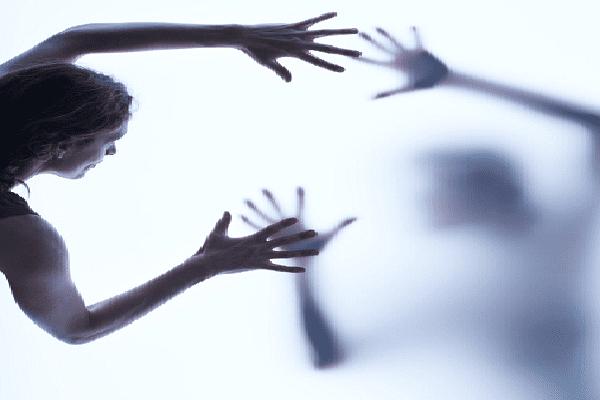Mental health problems >>>> Delirium - what is it?
Delirium - what is it?

Delirium is a state of mental disorder, accompanied by impaired consciousness, nervous excitement, delirium, hallucinations, senestopathies, disorientation in time and space.
In a state of delirium, a person can be aware of his own personality, does not lose a sense of danger, but his behavior is determined by the nature of visual hallucinations and can be dangerous to others.
The causes of delirium lie in the occurrence of a temporary disorder of the brain metabolism associated with:
- with intoxication against the background of an overdose of medicinal, narcotic, alcohol-containing drugs, poisoning with neurotoxic substances;
- with intoxications of infectious origin;
- with organic changes accompanying trauma, aging processes, diseases of the central nervous system;
- with states of withdrawal;
- with conditions of renal, heart or pulmonary insufficiency;
- with nervous strain, lack of sleep;
- with brain hypoxia (oxygen starvation).
Signs of delirium:
- Growing anxiety,
- Sleep disorder,
- Heart palpitations,
- Increased sweating,
- Limb tremors,
- Nausea, urge to vomit,
- Dehydration,
- Headache,
- Convulsions are possible,
- An increase in blood pressure is possible,
- The temperature may rise up to forty degrees,
- During the waking period, auditory, visual hallucinations, the emergence of delusional ideas (attacks of jealousy, persecution mania, craving for inappropriate actions) are possible.
The state of delirium can last up to five to seven days, accompanied by insomnia, while the body of a person suffering from delirium is depleted, vegetative-vascular disorders, clouding of consciousness develop, which can provoke a serious condition of a person up to death.
Treatment for delirium involves staying in a hospital. Treatment is carried out in stages and depends on the cause of the delirium. Initially, nervous excitement is stopped by sedatives (Sibazon, Relanium). Sleeping pills are prescribed. Detoxification measures are carried out, water and electrolyte balance, hemodynamics are restored, edema of tissues and organs is eliminated, supportive therapy of kidneys, liver, cardiac activity is carried out. The course of treatment includes vitamin and mineral therapy with group B drugs.

Read

Read



























